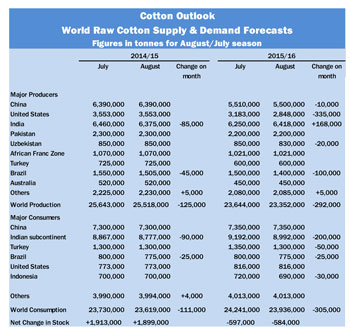CARY, N.C. — August 24, 2015 — INDA’s Filtration International Conference & Exposition will feature a view of future filter media requirements by a leading industry expert when the industry’s premier event makes its return to Chicago’s Navy Pier November 17-19.
Filter media products offer companies growing potential in this market segment valued at $15.4 billion in North American sales to end users. Keynote speaker Armando Brunetti, Executive Vice President, Camfil Americas, will share his perspectives on customers’ needs based on the realities of the North American market and global business trends.
Focused on the theme of “Pure Opportunity,” Filtration 2015 will bring together high-quality educational program content, training, product displays, and connection opportunities in one location to advance the success of filtration professionals. The full program and event details are now available at the newly launched website at http://www.inda.org/events/filt15.
INDA expects more than 130 exhibitors and 1,500 attendees to attend this singular event for professionals involved in the air and liquid filtration business. Among the topics that will be discussed by leading industry experts at the newly formatted one-day conference on November 17 are: North American filtration forecasts, statistics, and recent mergers and acquisitions; cabin air filtration; water purification; electrospun membrane filter media; and particulate matter 2.5 removal.
New program highlights include: Nanofibers in Filtration: Beyond F9, Beyond MERV 15, Beyond Surface-Load and Pulsing by Fred Lybrand, CEO of ELMARCO Inc.; and Pleated Filter Media as a Direct Replacement for Filter Bags by Jack Clements, Principal, SF Air Filtration.
In addition, INDA is offering premium educational content with the co-location of its Nonwoven Filter Media Training Course, November 17-18. Led by Christine Sun, Ph.D., Principal, Filtration Technologies International Inc., the one and a half day training course will cover everything from the principles of filtration to market and technology trends.
A welcome reception will be held the evening of November 18 after the first day of the exposition. The networking exposition will be held November 18-19, providing industry participants from around the world and across the supply chain the opportunity to connect with decision makers.
Registration is open for both the Filtration International Conference & Exposition and Nonwoven Filter Media Training Course.
Posted August 25, 2015
Source: INDA





